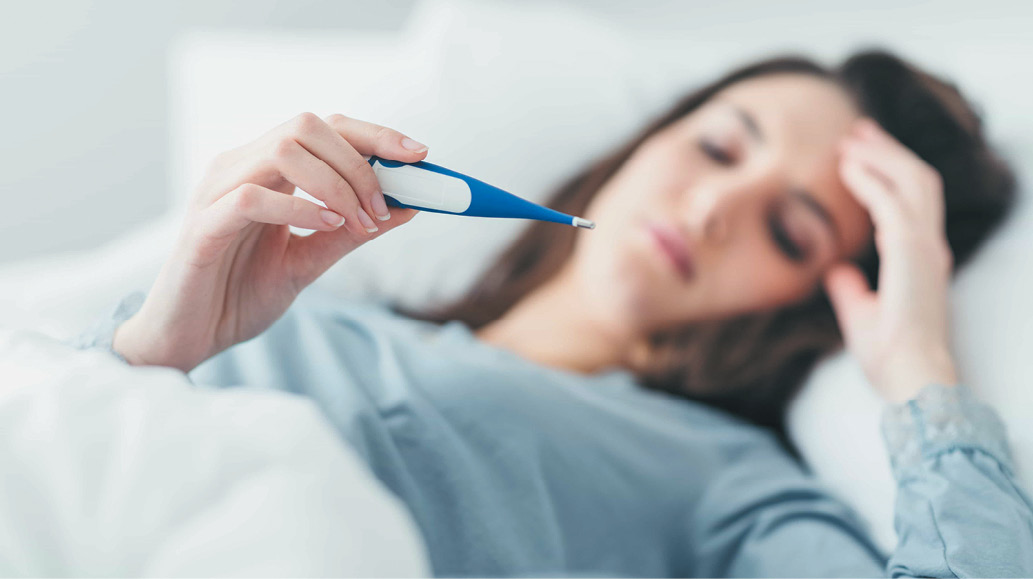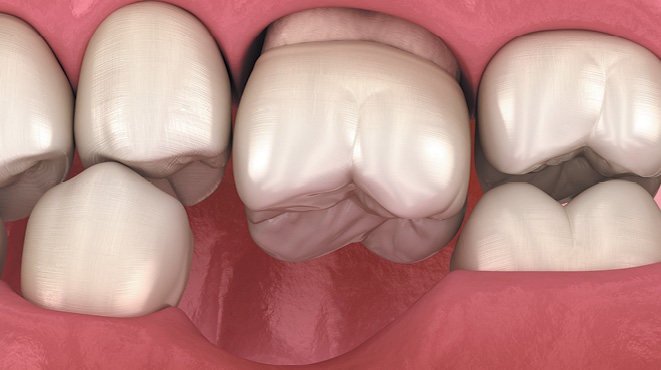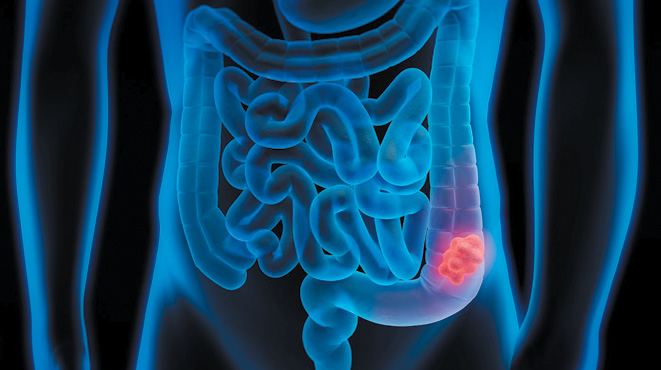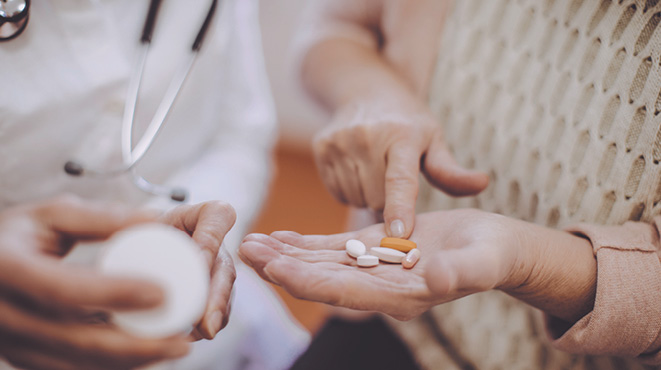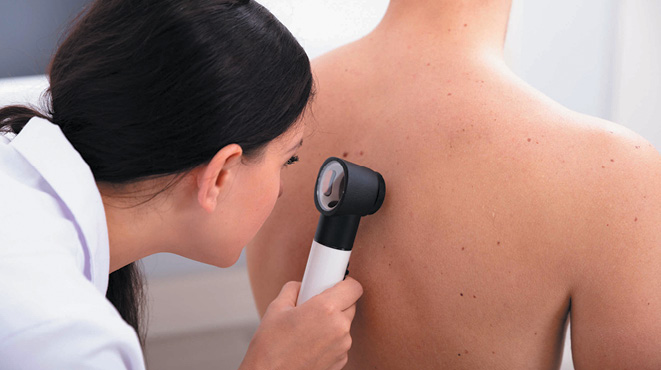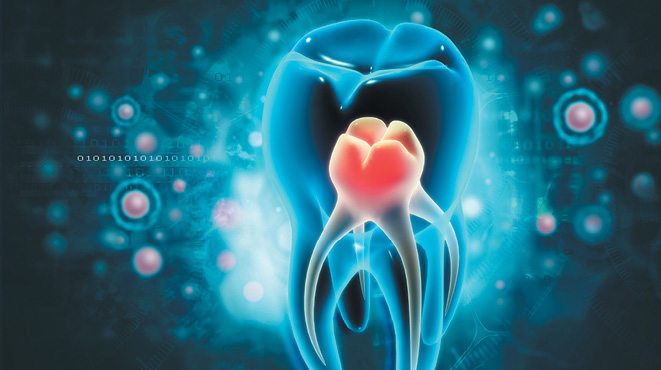BY DR DALE GARRED, MANLY VILLAGE MEDICAL
 In the last two years you will likely have had your temperature checked more times than you have had done in your entire life…but why? Dr Dale Garred, GP at Manly Village Medical, explains what a fever is, when we need to worry, and what we can do about it.
In the last two years you will likely have had your temperature checked more times than you have had done in your entire life…but why? Dr Dale Garred, GP at Manly Village Medical, explains what a fever is, when we need to worry, and what we can do about it.
Each day we are exposed to thousands of microscopic bugs in the things we touch and the air we breathe. Most of the time, unbeknown to us, our bodies quickly and easily destroy them; however, sometimes, a battle unfolds! Bug vs Body! The microorganisms use toxins as their ‘weapon’, while the body produces immune messengers called cytokines. Both the toxins AND the cytokines get into the bloodstream where they can influence the body’s temperature regulator in the brain.
Imagine in the brain there is a giant air conditioning unit. The standard setting (i.e. a normal body temperature) is anything between 36.0° to 37.3°. This is the temperature at which our body functions best. The toxins produced by microorganisms OR the body’s own cytokines can meddle with the air-con controls and turn the set temperature up – giving us a ‘fever’. In response, the body starts to try and conserve heat so that it heats up in order to reach this new ‘set point’, just like if you put the heater on in winter. During this phase, we shake and shiver (also known as a rigor) to generate heat. Our brain even makes us feel cold so that we get a jumper or hop under a blanket so that we ‘warm-up’. Even though we feel cold, our body will feel burning hot to touch, because our ‘new temperature’ is much higher than the normal range.
Eventually – something (for example, Paracetamol or Ibuprofen or even just other immune cells produced by our body) grabs the air-con controller in the brain and resets the temperature back to 37 degrees. The body then needs to try and cool down to reach this new setting, and so we sweat and feel cool to touch, letting off heat to bring the internal body temperature back down. This is when we start to feel better, as the body’s normal processes start functioning with ease again.
So in summary, a fever is a temperature above 38°. More often than not, when you have a fever it is safe to just sit back, relax, take some Paracetamol and Ibuprofen…and most of all eat chocolate while your body fights a battle for you. If however, you are concerned about any of your symptoms, phone your GP and ask for a telehealth appointment in the first instance so that we may decide the best way to manage your illness and determine if you require a face-to-face examination.


